Description
If you have glaucoma or ocular hypertension, understanding your treatment options is critical to maintaining your vision. We will examine closely Azopt Eye Drops, a frequently recommended medication for controlling high intraocular pressure, in this article. You will learn what Azopt is, how it works, who it is for, the possible side effects, and responses to often asked questions. This book will allow you to feel more confident and informed about your eye care treatment.
Overview: What Are Azopt Eye Drops?
Prescription drug Azopt Eye Drops is Brinzolamide 1%, meant to lower high eye pressure. It falls into the group of medications sometimes referred to as carbonic anhydrase inhibitors. Particularly in patients with open-angle glaucoma or ocular hypertension, Azopt helps reduce intraocular pressure (IOP) so preventing damage to the optic nerve. Usually recommended two to three times a day, the sterile suspension eye drops are applied as directed by an eye care specialist.
How Does Azopt Eye Drop Work?
Azopt functions by blocking the carbonic anhydrase enzyme, which is necessary for the synthesis of aqueous humor, or the fluid in the eye. Azopt lowers ocular pressure by slowing down the creation of this fluid. This is vital to avoid long-term optic nerve damage, which, left untreated, can cause vision loss.
Uses of Azopt Eye Drops
Mostly recommended for Azopt Eye Drops are:
- Open-Angle Glaucoma: To control intraocular pressure.
- Ocular Hypertension: In patients who are at risk of developing glaucoma.
- Combination Therapy: Often used alongside other IOP-lowering medications such as beta-blockers or prostaglandin analogs.
Side Effects of Azopt Eye Drops
Azopt is usually tolerated rather well, but some people may have side effects. Among these can be:
- Blurred vision immediately after application
- Bitter or unusual taste in the mouth
- Eye discomfort or redness
- Dry eyes or watery eyes
- Headache
Note: Serious but rare side effects could be allergic responses, swelling, or ongoing eye pain. See your doctor should symptoms get worse.
Why Choose Azopt Eye Drops?
Azopt is a preferred choice in glaucoma treatment because of the several advantages it presents:
- Effective IOP Control: Reduces pressure to safe levels and slows the progression of glaucoma.
- Well-Tolerated Formula: Fewer systemic side effects compared to some oral medications.
- Can Be Used in Combination: Works well with other glaucoma drops for added effect.
- Easy Application: Comes in a ready-to-use sterile bottle with a simple dosing schedule.
- Clinically Proven: Backed by studies and recommended by ophthalmologists worldwide.
Frequently Asked Questions (FAQs)
1. How often should I use Azopt Eye Drops?
As advised by your doctor, one drop in the afflicted eye(s) is usually 2 to 3 times daily.
2. Can I use Azopt with other eye drops?
Indeed, but between several eye medications, you should wait at least 5 to 10 minutes.
3. What should I do if I miss a dose?
Right away when you remember, apply the missed dosage. If your next dose is almost here, skip the missed one; do not double back.
4. Can I drive after using Azopt?
Avoid driving or operating machinery immediately after use, as it may temporarily blur your vision.
5. Is Azopt safe during pregnancy or breastfeeding?
Under medical supervision and only if necessary. Never forget to tell your doctor.

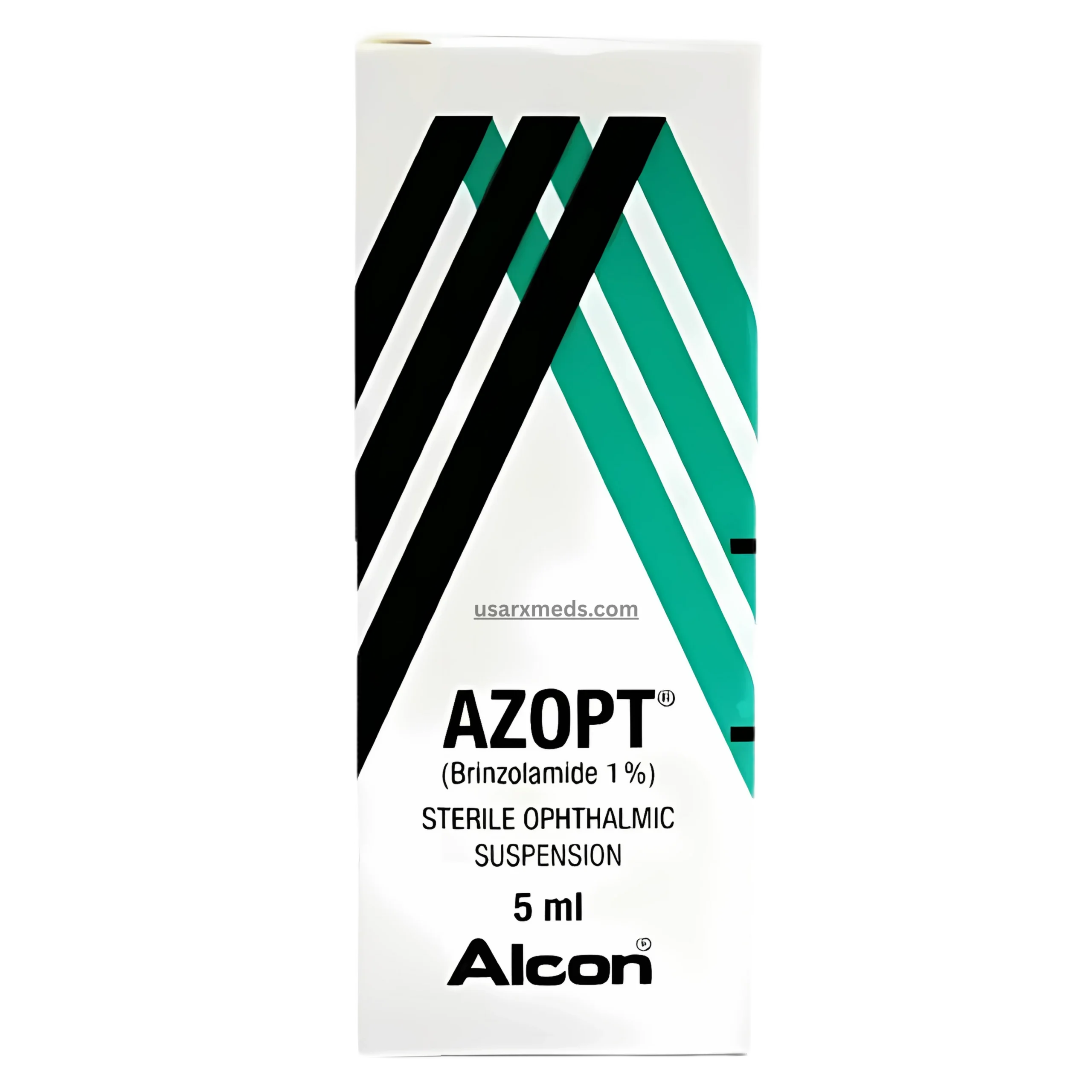
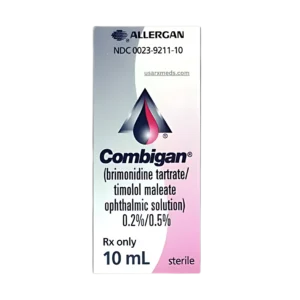
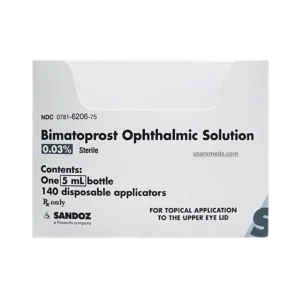
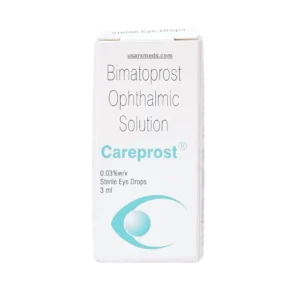
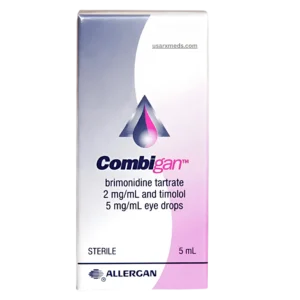
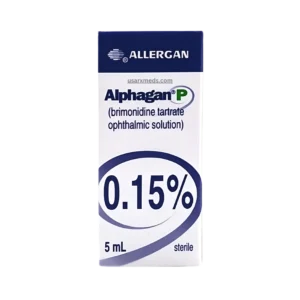
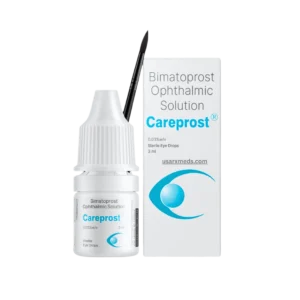
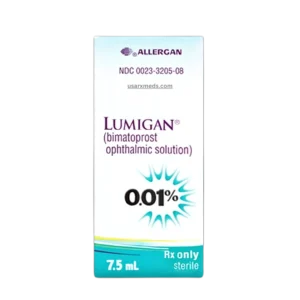
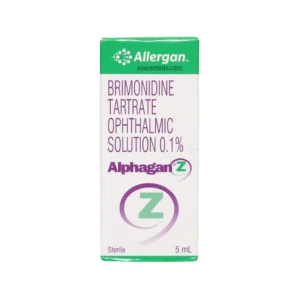
Reviews
There are no reviews yet.